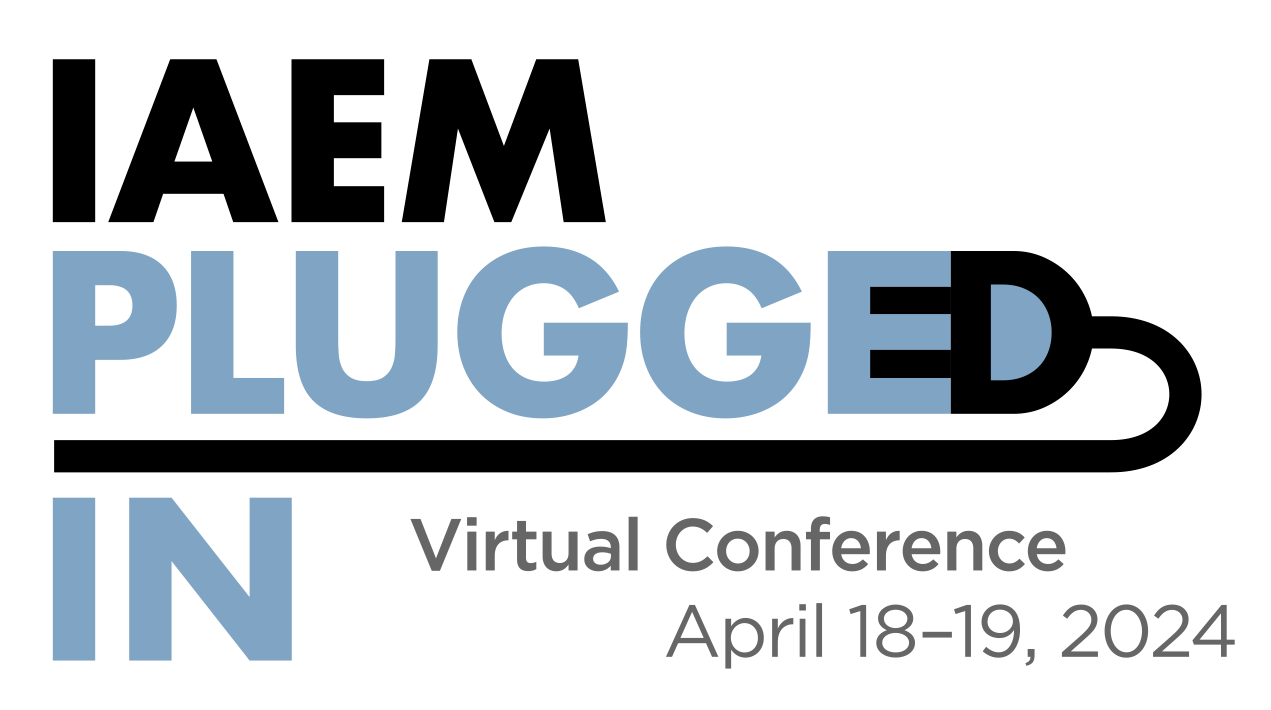Steps in writing an effective Master Scenario Events List
DOI:
https://doi.org/10.5055/jem.2009.0039Keywords:
master scenario events list, exercise designAbstract
Planning and conducting effective operationsbased exercises is a complex and resource intensive process. The US Department of Homeland Security Exercise and Evaluation Program (HSEEP) describes many key elements in successfully planning and conducting operations-based exercises. The Master Scenario Events List (MSEL) is integral to the successful conduct of operations-based exercises. The MSEL is the exercise blueprint, consisting of messages, or injects, designed to test exercise objectives and drive continual exercise play. Surprisingly, there is little guidance provided in the exercise development literature or by HSEEP about how to create an effective MSEL. This article discusses essential elements for a MSEL, offers recommended steps for writing a MSEL, and then illustrates these steps using an example from an operations-based exercise.References
US Department of Homeland Security: HSEEP Volume I: Overview and Exercise Program Management. Washington, DC: Homeland Security Exercise and Evaluation Program, 2007: 5. Available at https://hseep.dhs.gov/support/volumeI.pdf. Accessed February 19, 2009.
Federal Emergency Management Institute: IS-120. A An Introduction to Exercises. Emmitsburg, MD: FEMA Independent Study Program, 2008: 9. Available at http://training.fema.gov/ EMIWeb/IS/IS120A/IS_120A.pdf. Accessed February 19, 2009.
US Department of Homeland Security: HSEEP Volume II: Exercise Planning and Conduct. Washington, DC: Homeland Security Exercise and Evaluation Program, 2007: 38. Available at https://hseep.dhs.gov/support/volumeII.pdf. Accessed February 19, 2009.
Alexander D: Scenario methodology for teaching principles of emergency management. Disaster Prev Manage. 2000; 9: 89-97.
IDS: IDS Emergency Management. Available at http://www. idsemergencymanagement.com/emergency_management/corporate/ home.aspx. Accessed February 16, 2009.
US Department of Homeland Security: Master Scenario Events List (MSEL) Package. Washington, DC: Homeland Security Exercise and Evaluation Program, 2007: ii. Available at https:// hseep.dhs.gov/hseep_vols/default1.aspx?url=home.aspx. Accessed February 19, 2009.
Oak Ridge Institute for Science and Education: Exercise Builder Help Page. Available at http://www.orau.gov/emi/exercisebuilder/ step06.htm. Accessed February 16, 2009.
Federal Emergency Management Institute: IS-139 Exercise Design. Emmitsburg, MD: FEMA Independent Study Program, 2003: 4.1.Available at http://training.fema.gov/EMIWeb/IS/is139.asp. Accessed February 19, 2009.
US Department of Homeland Security: Target Capabilities List. Washington, DC: Homeland Security, 2007: 468-469.
Published
How to Cite
Issue
Section
License
Copyright 2007-2023, Weston Medical Publishing, LLC and Journal of Emergency Management. All Rights Reserved







